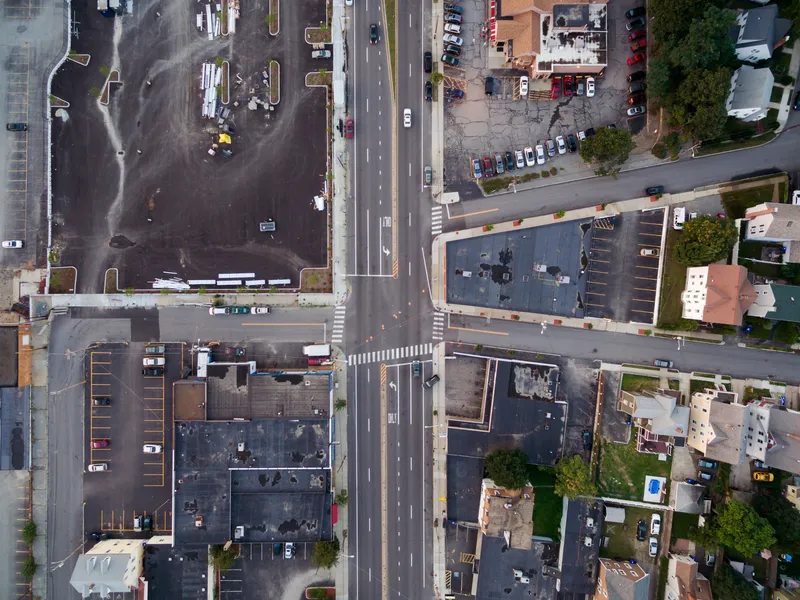
Iteris has launched ClearGuide Signal Trends, a probe data-based solution for improving traffic signal performance.
Signal Trends complements Iteris’ detection and traffic analytics software by enabling agencies to enhance performance at the intersection level without the need for equipment connectivity. The solution helps agencies easily identify maintenance and congestion problems at more intersections, including where there are no traffic sensors or communications infrastructure.
The new solution within ClearGuide provides signal performance data and visualisation by region or sub-region and promptly notifies operators of abnormal conditions. It eliminates the need for traffic counting studies and helps agencies better prioritise signal retiming with a data-driven rather than calendar-based, approach to retiming.
Signal Trends leverages anonymised trajectory data from cloud-connected vehicles to identify when and where there are signal performance issues and how they have changed over time. This enables agencies to make timely adjustments to reduce delays and improve traveller satisfaction.
Signal Trends integrates seamlessly with ClearGuide Roadways, ClearGuide Safety and ClearGuide SPM. Together the comprehensive diagnostic solution generates reports, alerts and recommendations to improve the safety and efficiency of traffic signals and arterials in one user interface. Iteris says that only it offers both probe signal performance measure (SPM) and automated traffic signal performance measure (ATSPM) solutions.
ClearGuide Signal Trends is available to any agency in the US as a standalone solution or as an addition to existing ClearGuide solutions.
“The addition of Signal Trends to the ClearGuide platform allows our customers to instantly see which intersections across their entire network need attention so they can prioritise staff time and investment,” said Tiffany Symes, senior director of product management at Iteris.
“With Signal Trends, Iteris continues to expand its intersection offerings that includes vision and radar sensors, connected vehicle technology, curated mobility data and advanced analytics.”
The ClearGuide solution is a key component of Iteris’ ClearMobility Platform that continually monitors, visualises and optimises mobility infrastructure.
ClearMobility applies cloud computing, artificial intelligence, advanced sensors, advisory services and managed services to help ensure roads are safe and travel is efficient.










